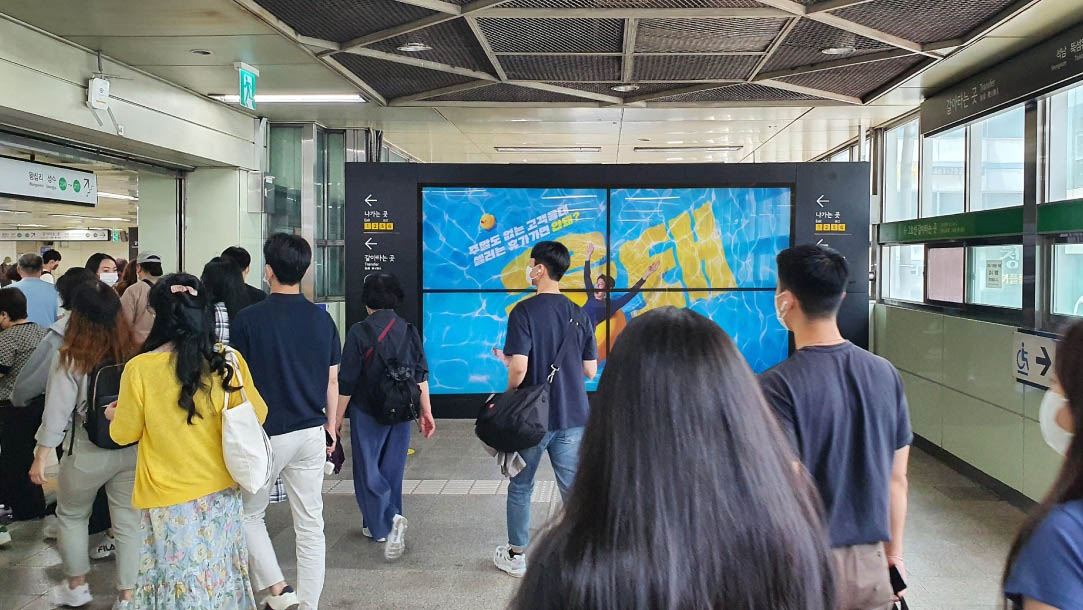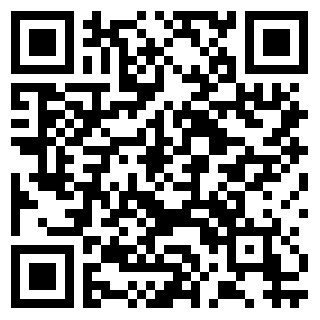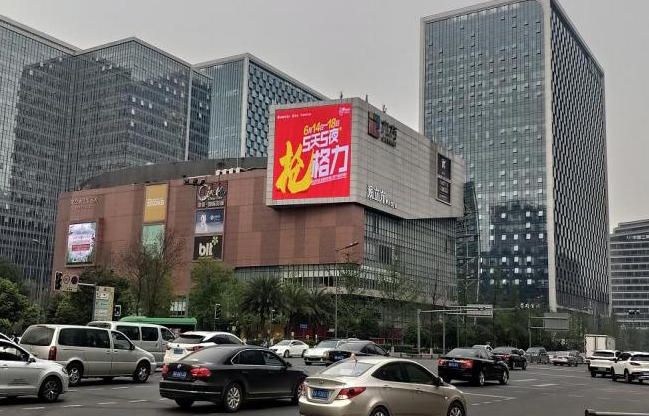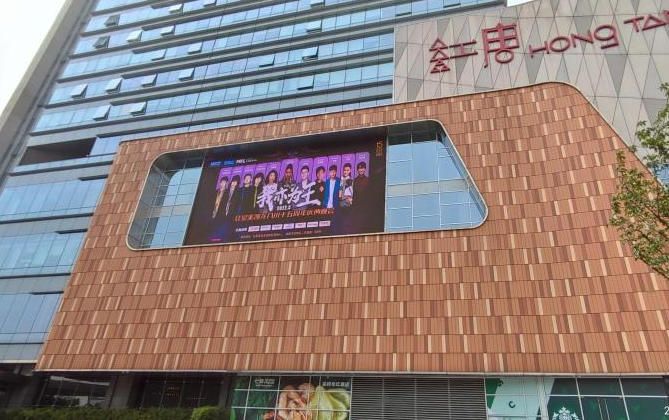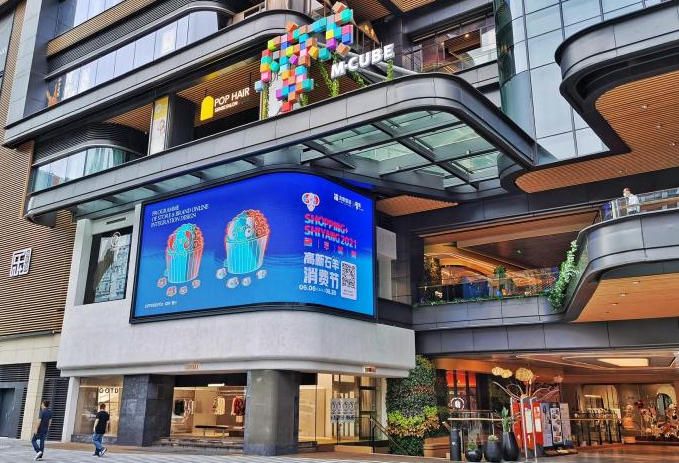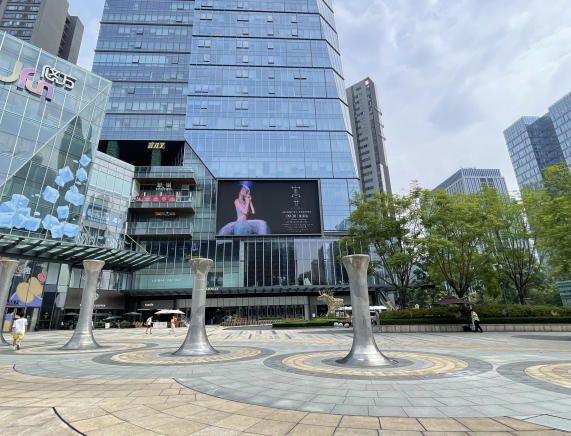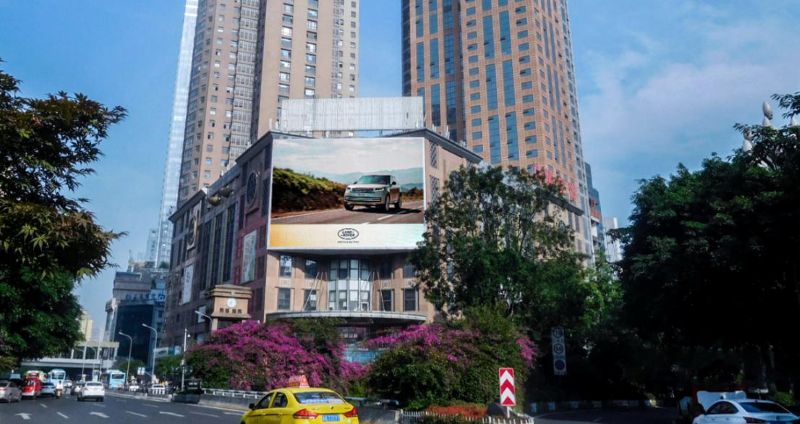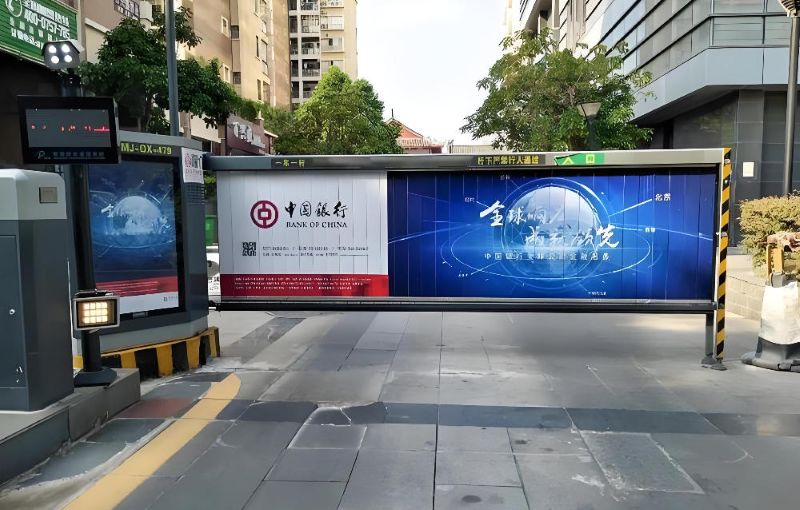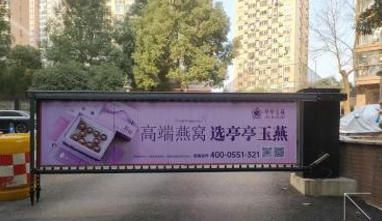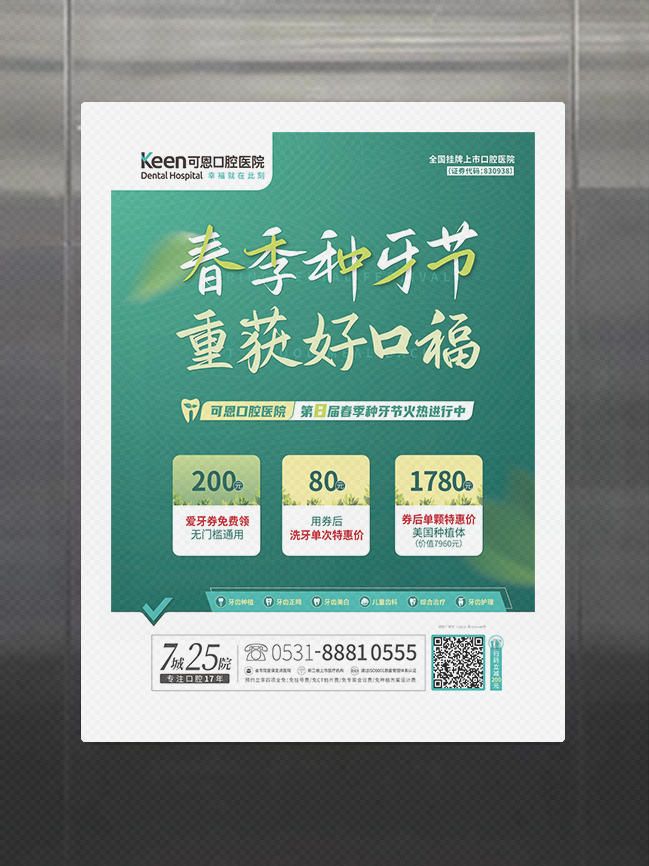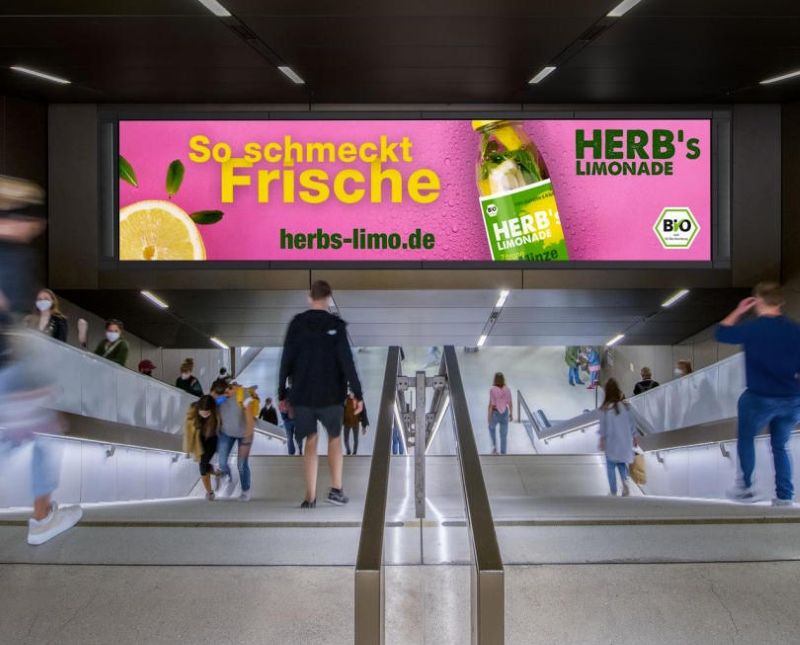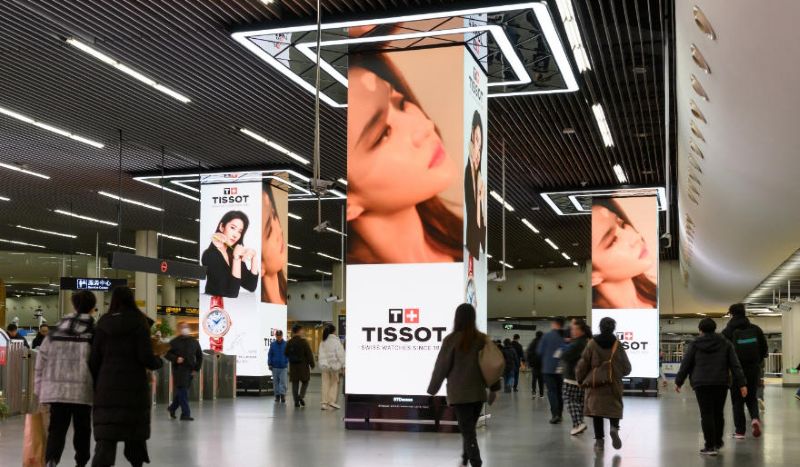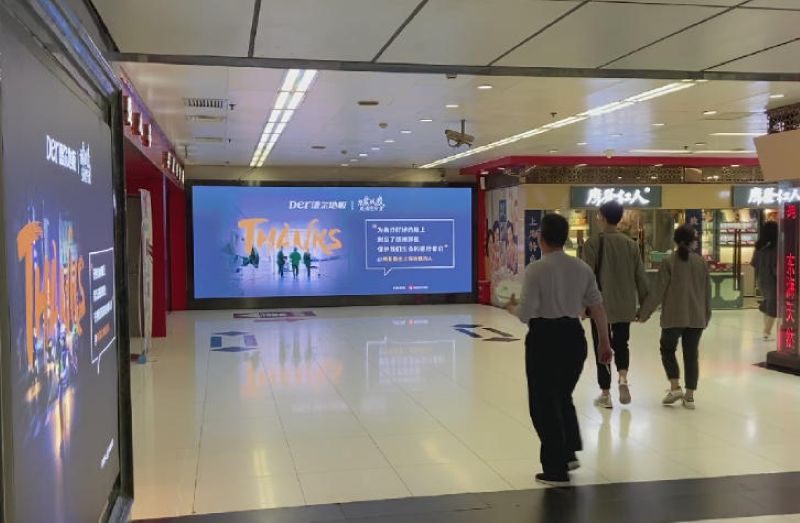- Photos
- Specs
- Advantages
- Value
- Media Map
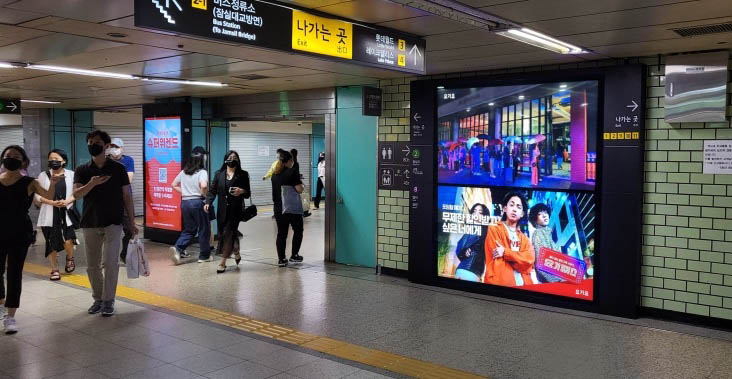
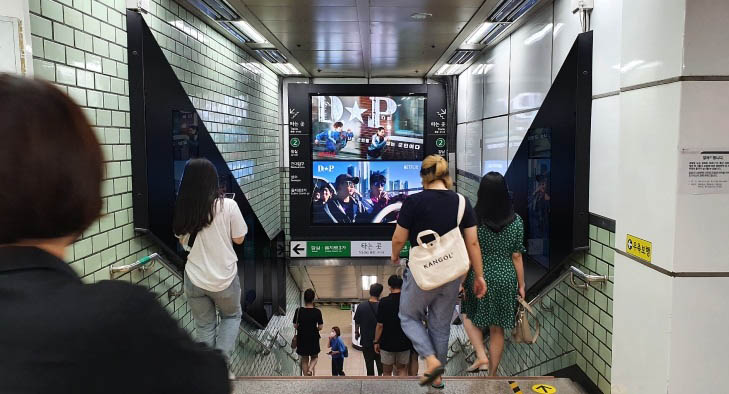
| Area:International | Type:Metro | Frequency:0 |
| Address:Line 2 and Line 7 Transfer Passage | Format:led | Duration:、 |
| Location:Line 2 and Line 7 Transfer Passage | Min Qty:1 | |
| Size:86 | Min Period:week |
The new Line 2 trains have added LED indicators above the doors of each carriage to indicate arrival and closing status through green and yellow flashing (green light to get off the train, yellow light to warn to close the door) to assist passengers in quick response
It supports remote real-time update of information such as train schedules and emergency notifications, and relies on IoT technology to achieve centralized control
Using GOB packaging technology, the surface hardness of the screen is up to 7H, which can effectively resist high-frequency scratches and dust erosion in the subway tunnel, and reduce maintenance costs by 40%
Relying on the IoT hub, it supports remote real-time update of multi-modal information such as train schedules, emergency notifications, and commercial advertisements
Using PWM dimming technology, the power consumption is reduced by 60% compared with the traditional LCD screen, and the intelligent power-saving mode of "people are close to the bright screen, and people walk to the dark screen" are realized by combining the passenger flow sensor
The LED system of South Korea's subway transfer channel has reconstructed the media value of underground space through four-dimensional innovation of hardware damage resistance, intelligent interaction, traffic monetization, and green operation and maintenance, and has become one of the global subway media technology benchmarks
As a ring line hub, Seoul Subway Line 2 connects core business districts such as Hongdae and Kondae University and many prestigious universities (such as Yonsei University and Hanyang University), and superimposes the commuter flow of Line 7, with an average daily passenger flow of one million at the transfer station
Supporting digital technologies such as AR virtual interaction (such as gestures to receive coupons) and multilingual carousels, the average length of stay of passengers has increased by 45%, significantly enhancing brand memory
The time-based strategy (peak food and beverage promotion, night cultural performances) increased the click-through conversion rate by 300% compared with static advertising
Preferential bidding for LED screens for dual-line transfer nodes such as Jianda Station, combined with time-based strategy and AR interaction, can maximize ROI
Relying on the IoT system to remotely update advertisements, the response delay is less than 0.3 seconds, and the marketing content can be quickly adjusted in combination with hot events
Supporting AR virtual interactions, such as gestures to receive coupons, multilingual carousels and other digital technologies, the average length of stay of passengers has increased by 45%, significantly enhancing brand recall


